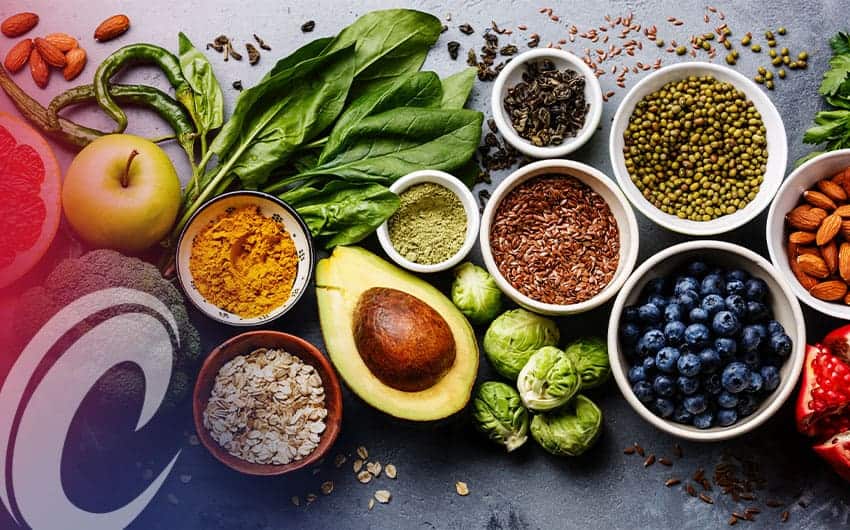With many athletes currently in isolation due to COVID-19, helping them adjust their nutrition — including adding antioxidants — is key.
Now that we are basically on lock down, I’m trying to catch up on all the reading and education I’ve been unable to get done in the recent past. I’m came across a timely article by Lisa Dorman in Training and Conditioning. Lisa Dorfman, MS, RD, CSSD, LMHC, aka “The Running Nutritionist,” is a leader to industry the public and the press for more than two decades. I have clipped the highlights below.
Research shows that free radicals can wreak havoc on muscle tissue health, slowing recovery and impairing performance. With the right diet, athletes can take advantage of antioxidant power to ward off these effects. During exercise, oxygen helps muscles utilize carbohydrates, protein, and fat to help athletes run faster, lift more, and keep going longer. The body must metabolize a great deal of oxygen when an athlete works out, and while this essential process has numerous benefits, there are also side effects. One of them is the production of free radicals, a specific type of molecule that can damage tissue. But luckily, the body can be equipped to limit free radical damage with help from compounds called antioxidants.
While exercise inevitably leads to some degree of free radical production, the extent of it is determined by numerous factors. Taken together, these factors lead to oxidative stress — which for our purposes can be defined as physical damage and decreased performance caused by free radicals. Studies suggest that training experience matters as well–over time, a well-conditioned body builds up its own defenses against free radical damage, particularly by “learning” how to protect muscle tissue. Antioxidants are the primary chemical line of defense against the negative impact of free radicals. These compounds also help to repair cells already impacted by free radical damage.
The body produces some antioxidants on its own in the form of certain enzymes, we also consume them through diet. Antioxidants include vitamins A (carotenoids), C, and E, selenium, and various flavonoids. All these substances can help prevent free radical damage, and together with the body’s natural antioxidants, they are the main source of protection for muscles and other tissue.
One thing research has told us quite clearly is that individuals’ level of antioxidants varies greatly, based on diet, genetics, and other factors. It’s likely that those who are chronically deficient in antioxidants (consistently consuming an amount below the recommended daily allowance) stand to experience the biggest gains, and might be able to improve performance and overall health by resolving the deficiency.
So just how much is enough? The National Academy of Sciences recommends that women should consume 75 milligrams of vitamin C daily, and men should consume 90 milligrams. For vitamin E, the standard recommendation is 15 milligrams per day for both genders, and for selenium, both men and women are advised to take 55 micrograms per day. Vitamin A’s standard recommended allowance is 5,000 international units (IU) daily for men and 4,000 IU for women.
As with most aspects of sports nutrition, the lesson with antioxidants should be food first, and supplementation only if deemed necessary to resolve a deficiency. By eating a consistent diet containing a broad array of antioxidant-rich foods, athletes can rest assured they are equipping their bodies with compounds that can help protect their muscles, promote fast recovery, and optimize performance.
Mike Hannegan is an Athletic Trainer and Strength and Conditioning Specialist at Compete Sports Performance and Rehab and has over 15 years experience in professional hockey. Mike held positions with the Anaheim Ducks and St. Louis Blues.

